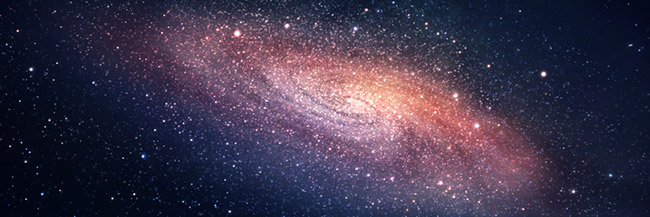Have You Ever Wonder…?

Space and the universe is a vast place. So big that it may make us wonder what it’s all about, what exactly does it hold and where does it end…or does it? We can only view a very minuscule portion of space so we’re left with many unanswered questions. Today we are going to delve into some common queries that us ordinary folk may be pondering. And the answers may just surprise you. Are you ready?
What is Space?
Although the answer to this question may seem simple enough, do we actually know the particulars of space? We may (or may not) know that space is an airless region where not even sound has the power to escape. Light is also held captive here because there is no air or oxygen to scatter its properties, which is also why space is black, not blue. Space is full of dust, gas and bits of matter – and that’s just the empty spots – more cluttered regions hold planets, stars and galaxies. There’s a lot going on up there that still needs to be discovered!
Where Does Space Begin?
There is no specific boundary that defines space because as you move further into the sky the atmosphere gradually become thinner until it is not breathable for living beings. However, for the sake of having something on record, experts have stated that space begins at an altitude of 100 kilometers (62 miles). The official name for this region is the von Karman line named after Theodore von Karman who was an engineer and physicist.

Herbert Wetter, Eduard von Bergen (Own work (Original text: Selbst erstellt)) [Public domain], via Wikimedia Commons
How Big is the Universe?
There are a couple schools-of-thought on this question. Some people believe the universe is infinite, going on forever without end. Scientists believe there is indeed an end “to it all” with their current theory stating the universe is approximately 156 billion light-years across – one light-year equals 9.3 trillion kilometers (5.8 trillion miles). Scientists also state the universe is currently expanding at the speed-of-light, so measuring it accurately is a sheer impossibility.
How Many Stars Can Be Seen at Night?
Surprisingly we can view about 3,000 stars with an unaided eye. Of course, this is in an optimal viewing area on a clear night away from light-pollution. One of the best viewing areas for star-gazing is Canyonlands National Park in Utah. This park was created in 1964 and has been named one of the Dark-Sky Sites; perfect for viewing the Milky Way in all its splendor.
Why Does the Moon Shine?
The moon itself is a dark and lightless region, the reason it “shines” is due to the Sun reflecting onto its surface. This is also why we have lunar eclipses – the Earth blocks the Sun’s reflective path, leaving the moon in our shadow for a short period of time.
What’s the Moon Made Of?
Contrary to popular children’s lore the moon is not made of cheese, but rather rock with a mantle and crust. Scientists theorize the moon may also have a solid core surrounded by a soft (and possibly) a partially melted layer. The surface of the moon contains many elements; silicon, oxygen, magnesium, iron, calcium, aluminum and also traces of manganese, titanium and chromium. Ice water has also been found which may mean there is a possibility of underground H2O.
Why is the Moon Sometimes Still Visible in the Daylight?
We may think it odd to see the moon in the sky along with the Sun, but there is a simple explanation for this natural occurrence.
First, the moon is a reflective surface – essentially a big mirror reflecting the light of the Sun’s rays – it is also a very large natural satellite (1/6th the size of Earth) so it is hard to miss even in the daytime especially when the Sun’s rays are illuminating it.
Second, we may believe the moon sets in the West while the Sun rises in the East; however, this is not always the case. The moon makes a circuit across the sky during its lunar cycle. When there is a full moon it is exactly opposite the Sun, but when the moon is in its New Moon phase it gets closer to the Sun. This makes it less visible at night, but more visible during the daytime. In a nutshell, when the moon is closer to the Sun it is reflecting more light which increases its visibility during the daytime.
These common questions are only the beginning of what we have learned over the decades of space research. What more lies ahead of us is an exciting and challenging journey that we as humans are anxious to embark on. Let’s explore all that space has to offer. Keep your eyes and telescopes aimed at the night sky and let the wonders unfold…
